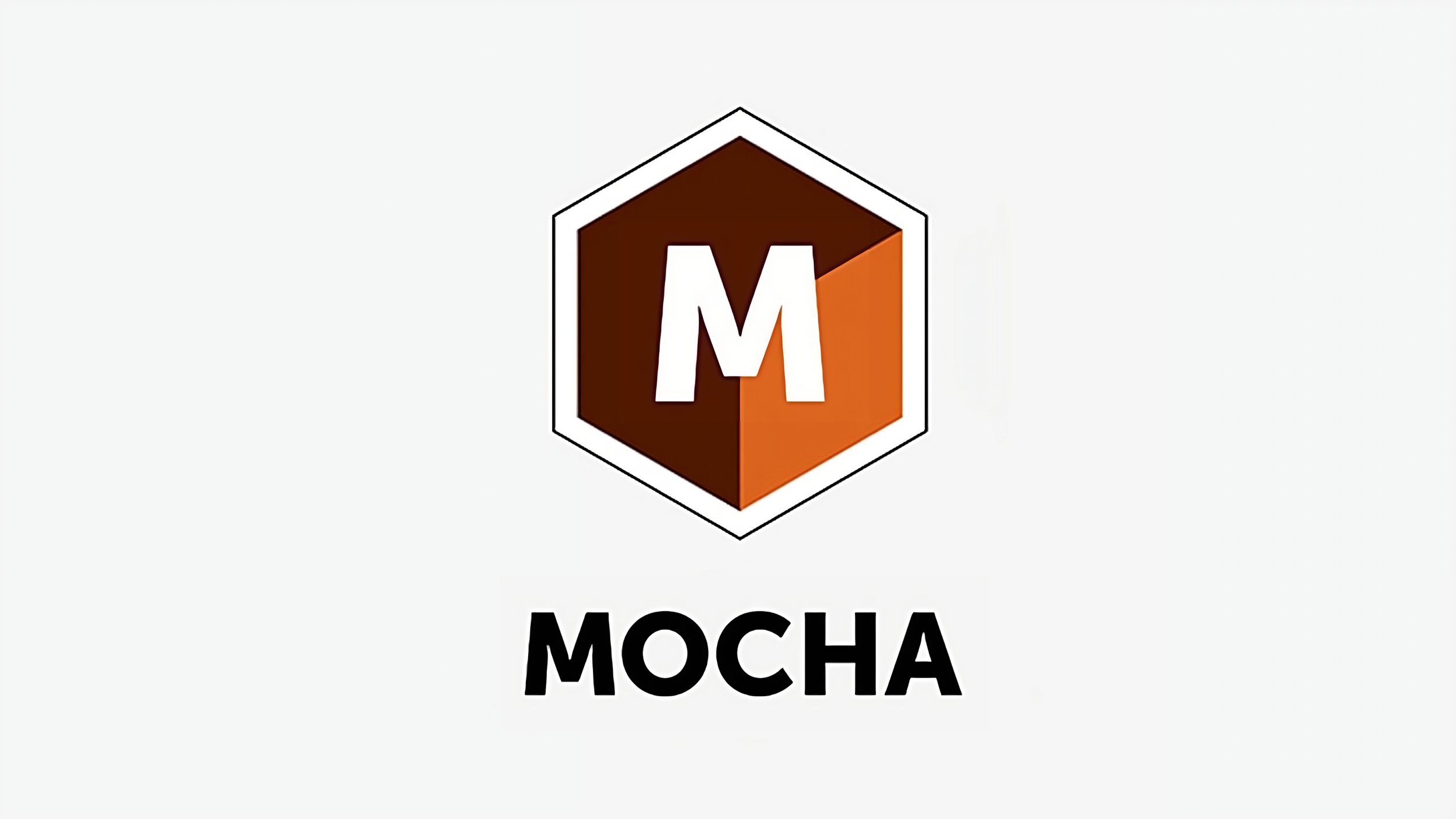Editing Miracles: Fixing the “Unfixable”
Essential Post-Production workflows that save shots from the cutting room floor.
Image by: Jacob C. - Copper Hound Pictures
We always strive to capture the best possible cinematics while on location, but sometimes things don’t go our way. Bad weather, dim lighting, technical issues, etc. all contribute to subpar shots. Normally these situations call for multiple takes on set so we can get it right, or we just leave them on the cutting room floor. But from time to time, there comes along situations where we just have to “save a shot”.
In this article, we will cover a couple of the tools we use to recover footage some may call unusable.
STABILIZATION
Using Warp Stabilizer & BorisFX’s Mocha Pro
Shaky camera shots are quite common in our B-roll, but since we shoot everything in slow motion, usually they aren’t noticeable. But even then we often run into stabilization needs. We first turn to Premiere Pro’s built in tool Warp Stabilizer. This usually solves the majority of our issues; but it comes with some caveats. Warp is great for dynamic shots that move through 3D space, but has trouble handling objects/subjects moving into and out of frame. This is where Mocha Pro comes in. Mocha allows you to keyframe your stabilization, like you would when masking out an object. You can draw a mask around the object(s) you want to stabilize, and adjust those masks through time, if something blocks them during the shot. Mocha is an extremely powerful program and includes additional features such as 3D Mapping, reverse stabilization, and much more.
EXAMPLE:
The shot below features some significant shake during a slow camera dolly move. You can see with the Mocha tracking added, that it locks onto the mask selections I made and tracks the tablet flawlessly.
There is an extreme difference between the unstabilized and stabilized footage. We still can see some slight motion blur, but if you’re working with a shot you must deliver, this can make all the difference.
LIGHTING CORRECTION
Using Digital Anarchy’s Flicker Free
Honestly, Flicker Free is like magic. Often we run into issues with the practical lights being used on location. Christmas lights, fluorescents, projectors, you name it, we’ve had visual problems with it. On camera, the frame rate we are recording at doesn’t match the frequency the lights are operating at, which results in a visual “flickering” of the lights. To make matters worse, we might not notice these problems until we slow down our footage in post, since these issues might not be visible in real time.
Flicker Free uses specially developed algorithms to add selective bits of motion blur to your shots, without compromising image quality too much. The program is completely customizable, but their presets make it very easy to use and experiment with until you get a result that works. It is worth noting that this plugin does add a lot of render time to your exports.
EXAMPLE:
The shot above is a great example of environmental lighting issues. After a quick pass through Flicker Free all the hanging lights look great. Even the light reflections are fixed, such as on the table and the front entrance.
Sometimes our problems lie in the files themselves, and not the shots. Corrupt video files can be some of the hardest things to deal with in post production. Any number of things can be wrong, but in our experience there’s not much that FFmpeg can’t handle. While the program might not be the most user-friendly and accessible (it’s command line-based), it is free and open source. In fact, FFmepg is so powerful that YouTube, Plex, VLC and more use it in their core codebases. Media professionals may be more familiar with HandBrake, which is a graphical iteration of FFmpeg, and is much easier to use.
EXAMPLE:
One thing we often run into is Variable Frame Rate & HEVC file issues from iPhone recordings. We don’t like to work with home-brew content for this reason, but sometimes it’s required. FFmpeg makes it easy to re-encode these videos into more editor-friendly files, such as .mov’s.
Screenshots of FFmpeg (left) and HandBrake (right)
noise reduction
Using Maxon’s Red Giant: DeNoiser
Digital noise (usually caused by low light scenarios) is something we have to correct on occasion. There are a lot of noise reduction programs out there, but we like the result that DeNoiser provides. It’s not just a simple selective blurring plugin, but rather it analyzes the grain and bitrate patterns in your footage to dynamically correct it without significantly reducing quality. DeNoiser’s customizability is unmatched, and we’ve seen some impressive results on shots we thought may be unusable.
EXAMPLE:
Below is a very noisy and difficult shot to deal with. Through a combination of low-lighting, older cameras, and pre-rendered bitrate issues, this shot is not pleasent in its current state. However, DeNoiser worked its magic turning this shot into something acceptable again.
in Conclusion
While we don’t like having to salvage our work, it’s a necessary evil at times. Thankfully programs like these exist to help us keep on producing the highest possible quality content, no matter the environment.
Here’s some quick links to all the software we listed above:
Written by Jacob Christiansen
Last Updated: October 24th, 2023






